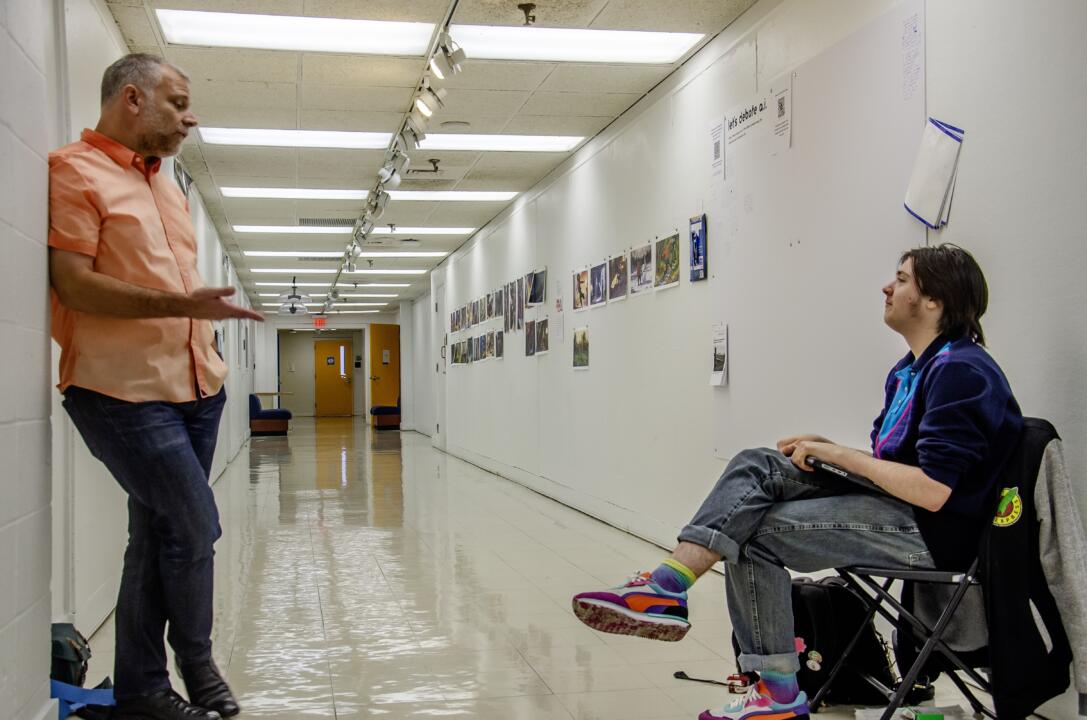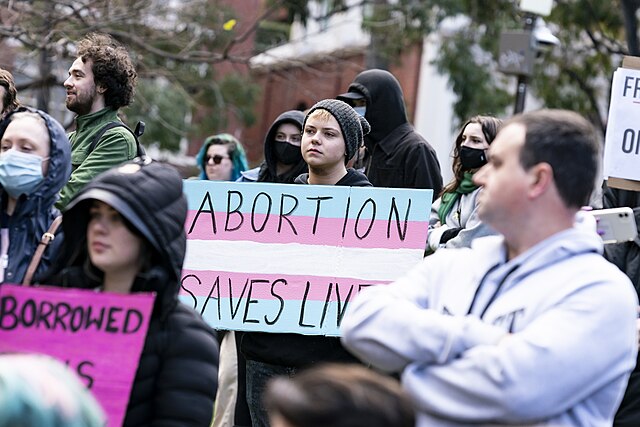“If we want little girls and kids of color to believe that they can do this kind of thing, they need to see somebody who looks like them. We need examples of success,” said University of Maryland, Baltimore County President Freeman Hrabowski about joining the COVID-19 Moderna vaccine trial at the University of Maryland School of Medicine. Pres. Hrabowski’s wife, Jacqueline Hrabowski is also joining the vaccine trial. By participating, they hope to highlight the urgent need for African Americans, Latinx and other people of color to participate in medical studies.
“Until recently, there were not enough people from all the groups, particularly people of color, in the trial. Making sure that we have looked at the impact on all populations gave Jackie and me the idea that we should participate,” he said. “We make two points [by participating]: the vaccine is very important to humankind, and we trust the process and have confidence in our graduates.”
Dr. Kizzmekia Corbett, a UMBC alum (Class of 2008), Meyerhoff Scholar and the first Black woman with a patent on a vaccine is leading the UMSM trial. In an interview with the UMBC Alumni Magazine, Corbett detailed her experience being the only BIPOC in the room. She emphasized Hrabowski’s point that “showing up, particularly in a moment like this, and setting a standard about what people from different backgrounds can contribute” is crucial to creating a more diverse STEM environment.
According to Pres. Hrabowski, the trial now has representative ratios of different ethnic groups that make up the overall American population.
“The good news is that now, unlike six weeks ago, we have adequate representation from each of the racial and ethnic groups in our country,” he said. “We now have thirteen percent of the people in the trials who are black, and that’s about the percentage of the American population that’s Black.”
However, many systemic challenges still exist, including the seemingly parallel growth of technological/scientific advances and racial inequality — an issue with deep implications for COVID-19 vaccine research. For Pres. Hrabowski, increasing technological advances inherently advantages those with means and education.
“The largest number of poor people in our country are white because whites are the highest percentage of the population. But a disproportionately larger percentage of Blacks and Latinx are poor,” said Pres. Hrabowski. “This is why we see so many people of color not doing well from COVID. Many had to go to work at a time when most of us could work from home, using public transportation and living in crowded housing communities. The more privileged we are the more space we have.”
So when a vaccine is ready for mass distribution, it will be important to prevent a huge gap from forming between people from different socio-economic and racial backgrounds.
“We have to help groups from every population to get the vaccine. They have to know that there have been people of all races and sexes involved, not only in the creation of the vaccine but in its mass production,” said Hrabowski.
His key takeaway is UMBC’s work to support intersectionality between issues of COVID-19, social justice and economic disparity, a goal reinforced by the university’s reputation as a recruiter of students from every socioeconomic, ethnic and racial background.
“Those three themes [of intersectionality] are not mutually exclusive, they connect in different ways,” said Pres. Hrabowski. “We want to encourage students to learn about all the things we are doing to help them understand why people of color are disproportionately affected by COVID or to understand the challenges of health and financial disparities of certain groups.”
“Keep hope alive,” he said, reiterating the importance of recognizing and promoting intersectionality, of producing UMBC students who think broadly when attempting to solve issues and challenges from the scientific and technological, to the social and humanitarian.
Written by Polina Kassir (p73@umbc.edu)


